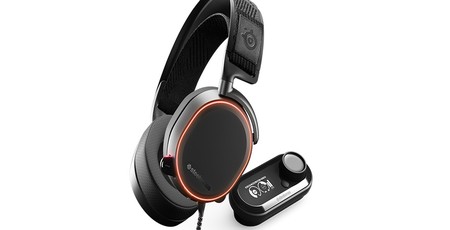
Manufacturer: SteelSeries
UK price (as reviewed): £249.99 (inc. VAT)
US price (as reviewed): $249.99 (exc. tax)
Gaming headsets offer a convenient combination of speakers and a microphone, often in a rather inexpensive package. However, time and time again they are bettered in audio quality by dedicated headphones, which you can easily pair with a desk microphone or a ModMic. (Or just stick to single-player games and never worry about interacting with other humans.) For gamers who are discerning when it comes to audio, the lack of real quality on the market might be disheartening, but it’s this customer base SteelSeries is looking to target with its Arctis Pro headsets.
The Arctis Pro is offered in three varieties: a standard wired one for £180, a wireless one that costs £300, and this £250 wired unit that comes with a dedicated external DAC designed to maximise audio fidelity. Now, that’s certainly a high price, but it’s not outrageous if the quality is there; a good set of cans can be a worthwhile investment.
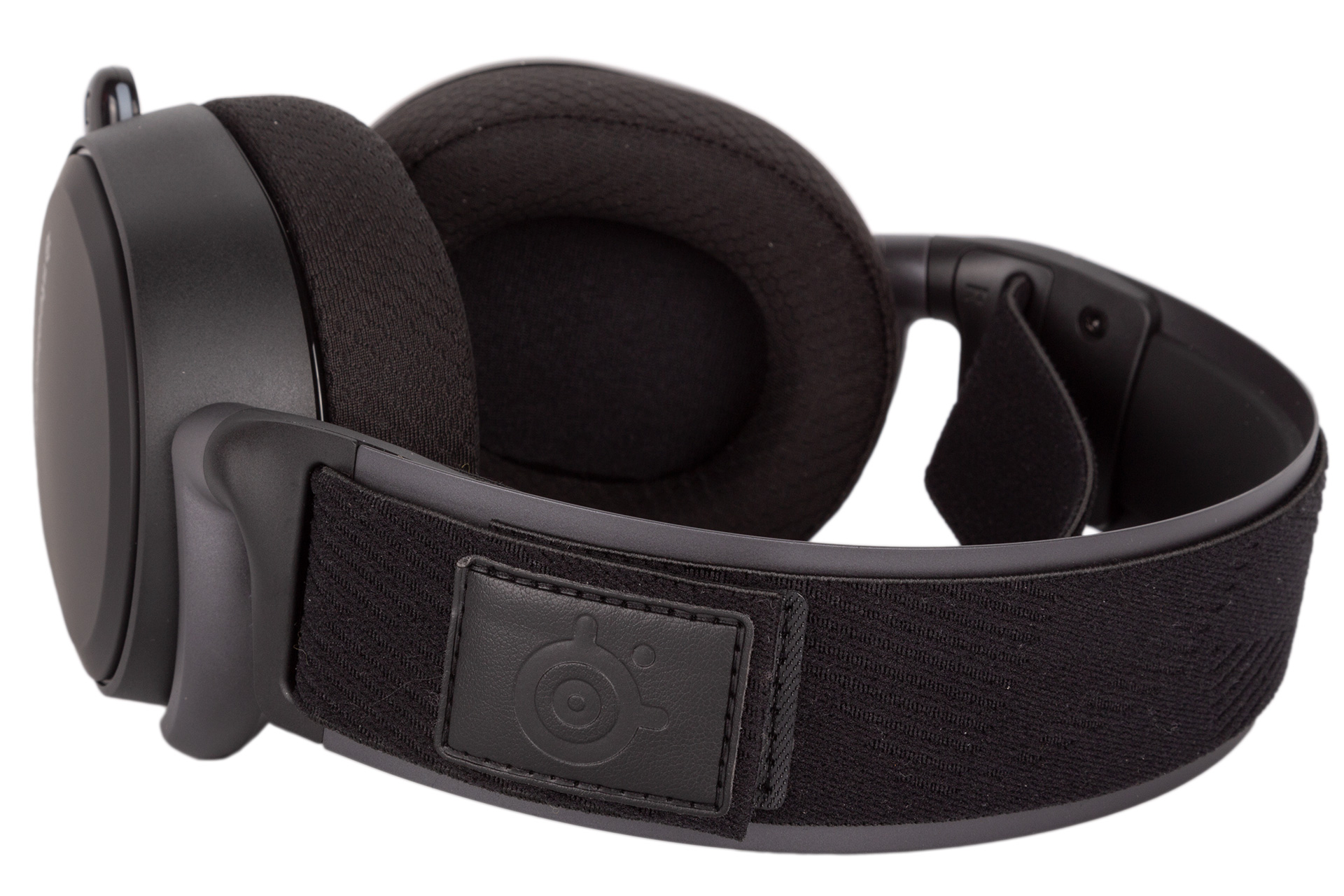
In terms of construction, the quality is there in spades. The Arctis Pro is sturdy and robust largely thanks to its steel headband. Around this is fitted an elasticated Velcro strap which you adjust ski-goggle style, lengthening or shortening it as required. I don’t really rate this, since you can’t adjust it in situ, but the out-of-box fit was perfectly fine, and the elastic means there’s a level of auto-adjustment that removes the need to fine-tune it.
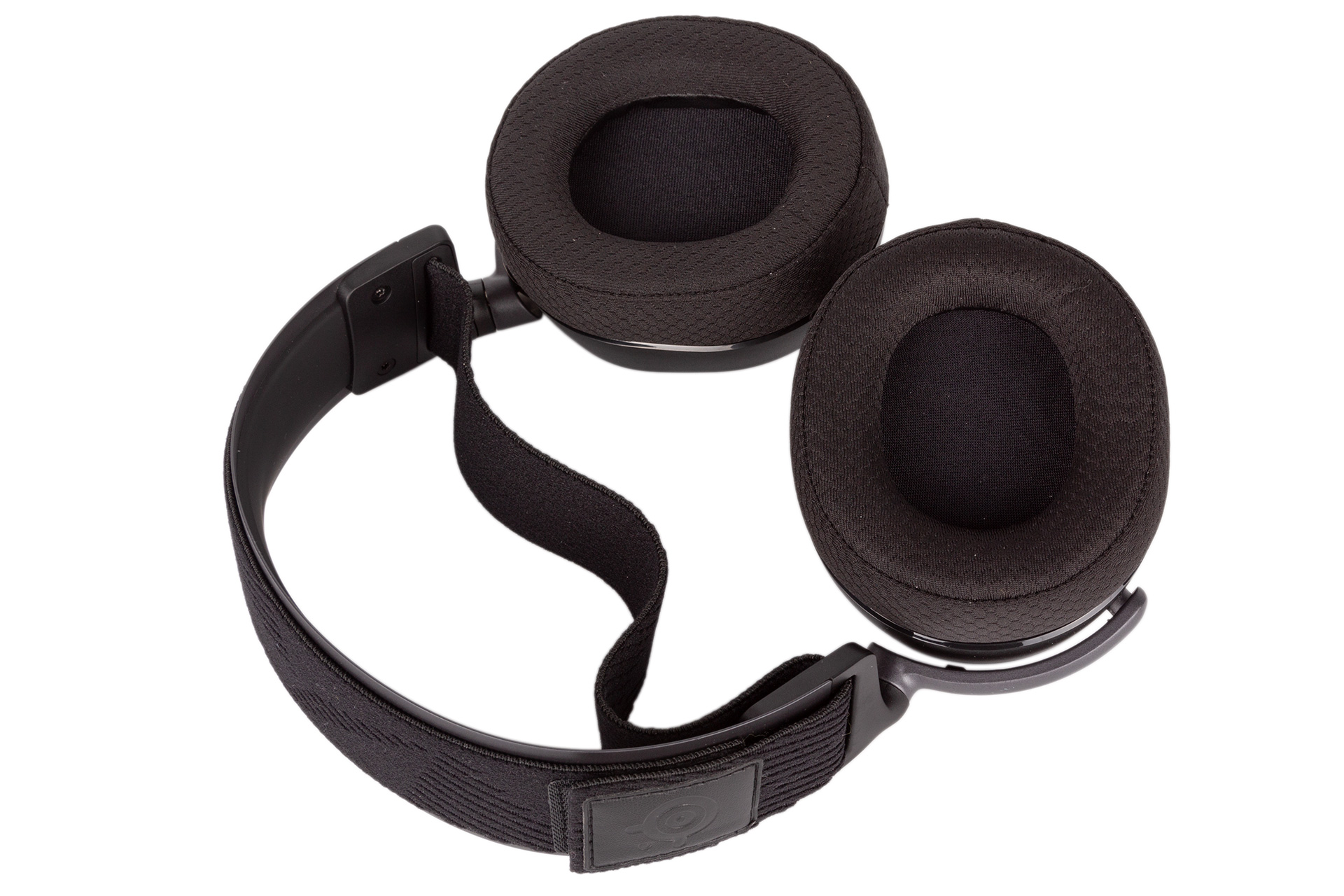
The earcups can be rotated through a right angle for flat-packing, and they have easily enough movement to adjust to different head shapes without being too loose. The foam padding is applied generously, and the cups themselves are spacious. The end result is a very comfortable headset. Long sessions will warm up your ears as usual, but there is at least some breathability, so for most this shouldn’t be a problem.
The left earcup houses a retractable microphone that permits precise positioning once extended, and a separate pop filter is supplied too. It doesn’t quite retract fully, though, so there’s a real danger that everyone will point and laugh at you and your silly headphones if you take them outside. At least there is in my head.
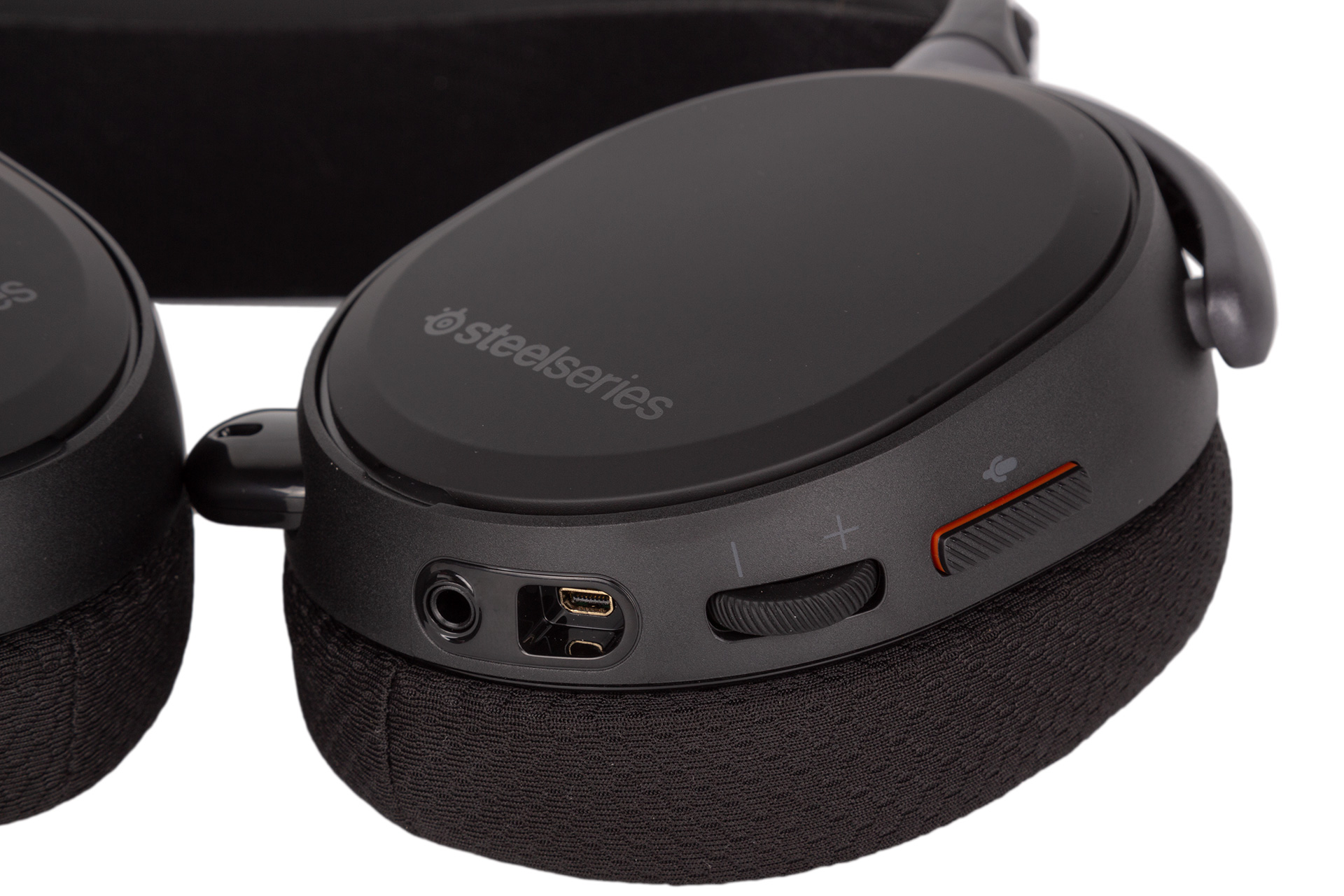
A volume wheel and microphone mute button are found on the same earcup, granting users quick and easy access to these handy functions. An LED on the mic indicates that it’s muted, and it’s bright enough to just be visible through the filter if you use it. Lastly, there is a proprietary connector for wiring into the GameDAC, and a 3.5mm line-out for sharing audio.
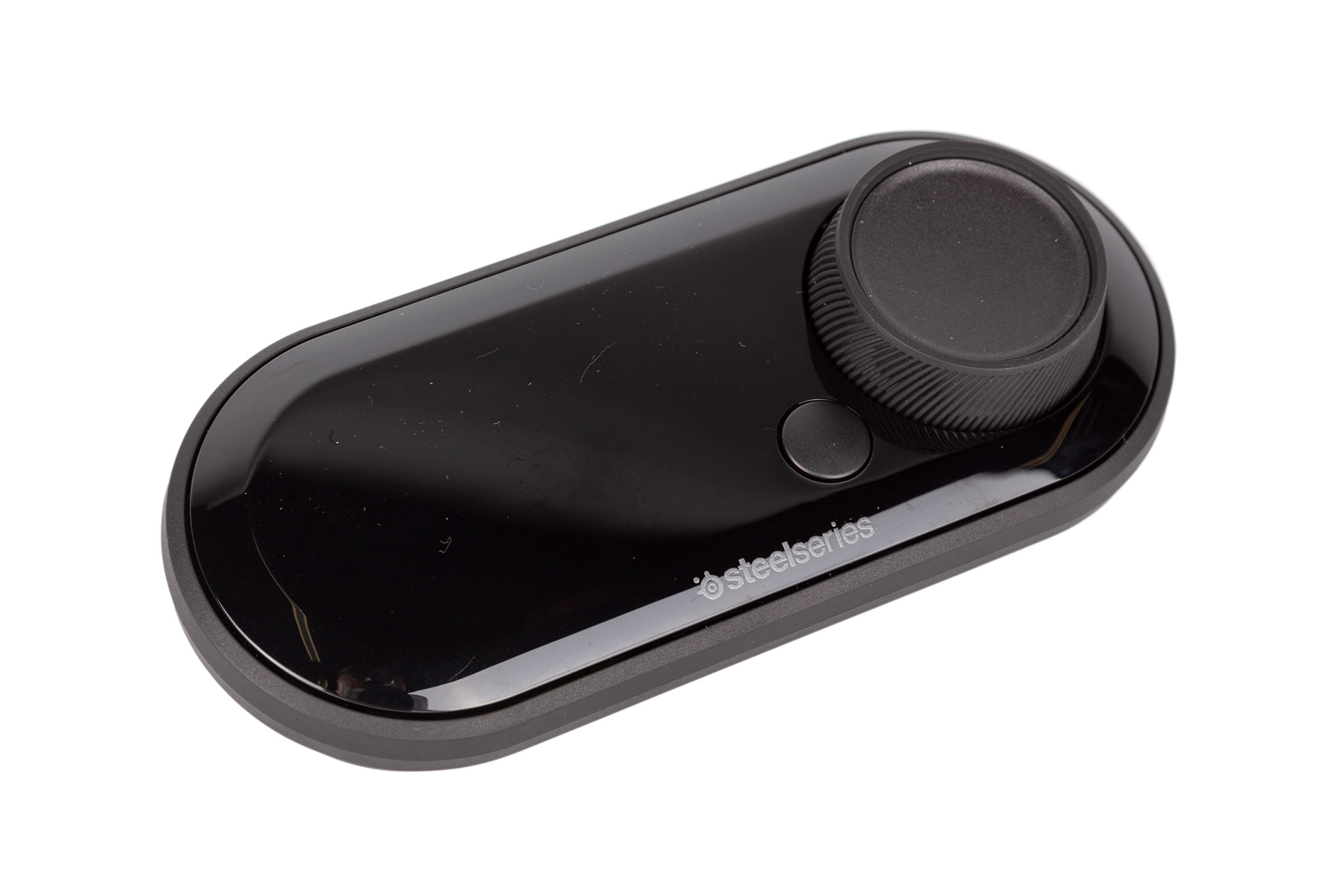
The GameDAC is an equally important part of this offering. The highlight is the internal DAC, a 32-bit ESS Sabre 9018, which is highly regarded and used in a lot of fairly premium audio gear. The actual GameDAC has a simple but sturdy plastic construction with a rubberised base. The user-facing section is mainly glossy because it has an OLED screen inside. There’s also a large volume knob that’s very satisfying to turn as well as a secondary smaller button.
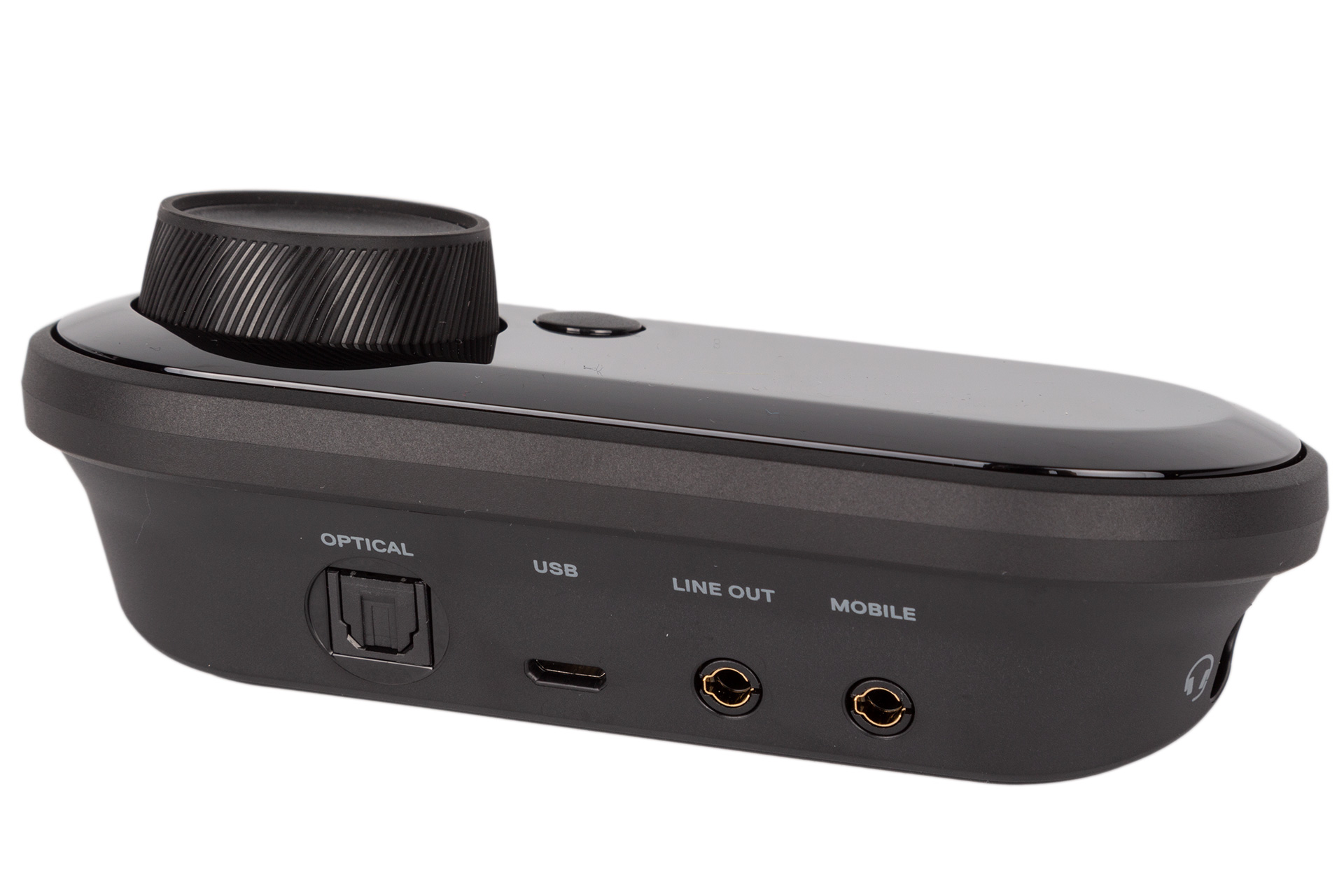
The headset connects to a proprietary connection on the side of the GameDAC. Around back, meanwhile, you have the main micro-USB connection that connects to a regular Type-A port on your PC or console via the supplied cable. An optical connector is used to enable extra audio features on consoles (cable included) – the PS4 is officially supported, but the Xbox One can also be hooked up following these instructions. A line-out jack can be used to connect to a set of powered speakers, while a line-in jack will allow you to hijack a mobile device’s audio. No 3.5mm cables are supplied, though, so you’ll need your own, but you do get a 3.5mm adaptor allowing you to connect the headset directly to a mobile device for on-the-go use.
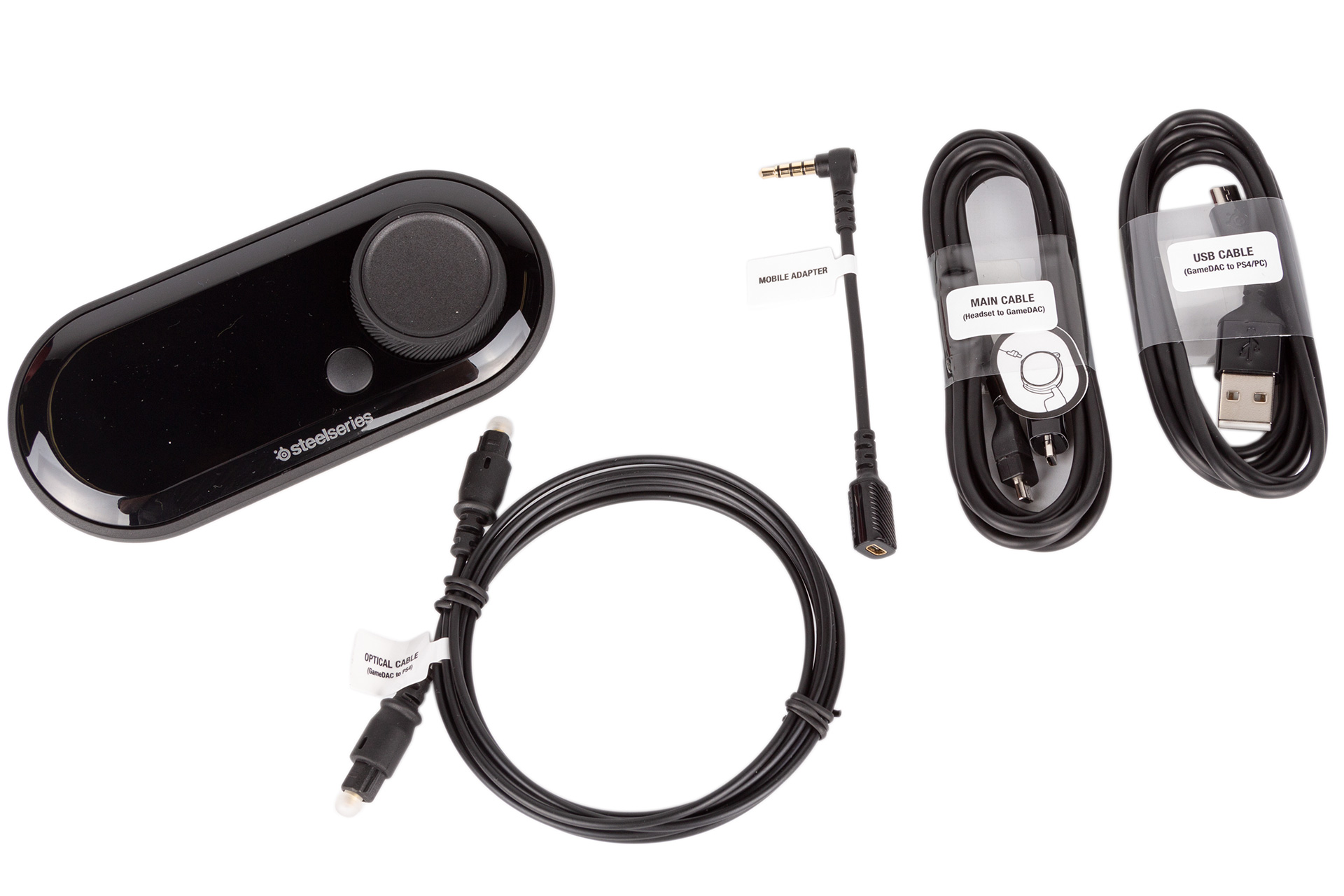
Depending on your exact setup, that’s anywhere between two and five cables connected to the GameDAC at any one time. That’s an inconvenience for desktop users but potentially much more of a problem for living room gamers. The cable lengths are at least decent, but this is probably partly why there’s a wireless offering, although you’ll have to forgo the DAC there. Note also that you’ll have to manually switch the cabling between console and PC, as you can’t have both connected at once.
Once connected, the OLED display (a little low-res by today's standard) will take you through the simple setup process. After that, you can quickly and easily alter the volume and the ChatMix (i.e. the balance between chat audio and game audio) with the wheel and use the secondary button to toggle the Dolby DTS:Headphone X virtual surround sound. A deeper menu structure is also available, allowing you to tweak EQ settings, sidetone, input, and more. Even basic RGB lighting settings can be configured, both for the mic and for the subtle ring on each earcup.
The Arctis Pro is supported by SteelSeries Engine, the universal SteelSeries peripheral software. Necessary firmware updates are made obvious and easy to apply, while a simple interface exposes pretty much the same settings as the GameDAC’s onboard menu, plus a few extra lighting options like separate earcup colours.

MSI MPG Velox 100R Chassis Review
October 14 2021 | 15:04

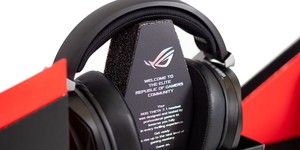
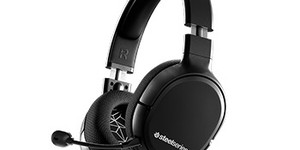
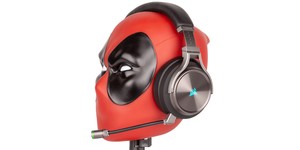




Want to comment? Please log in.